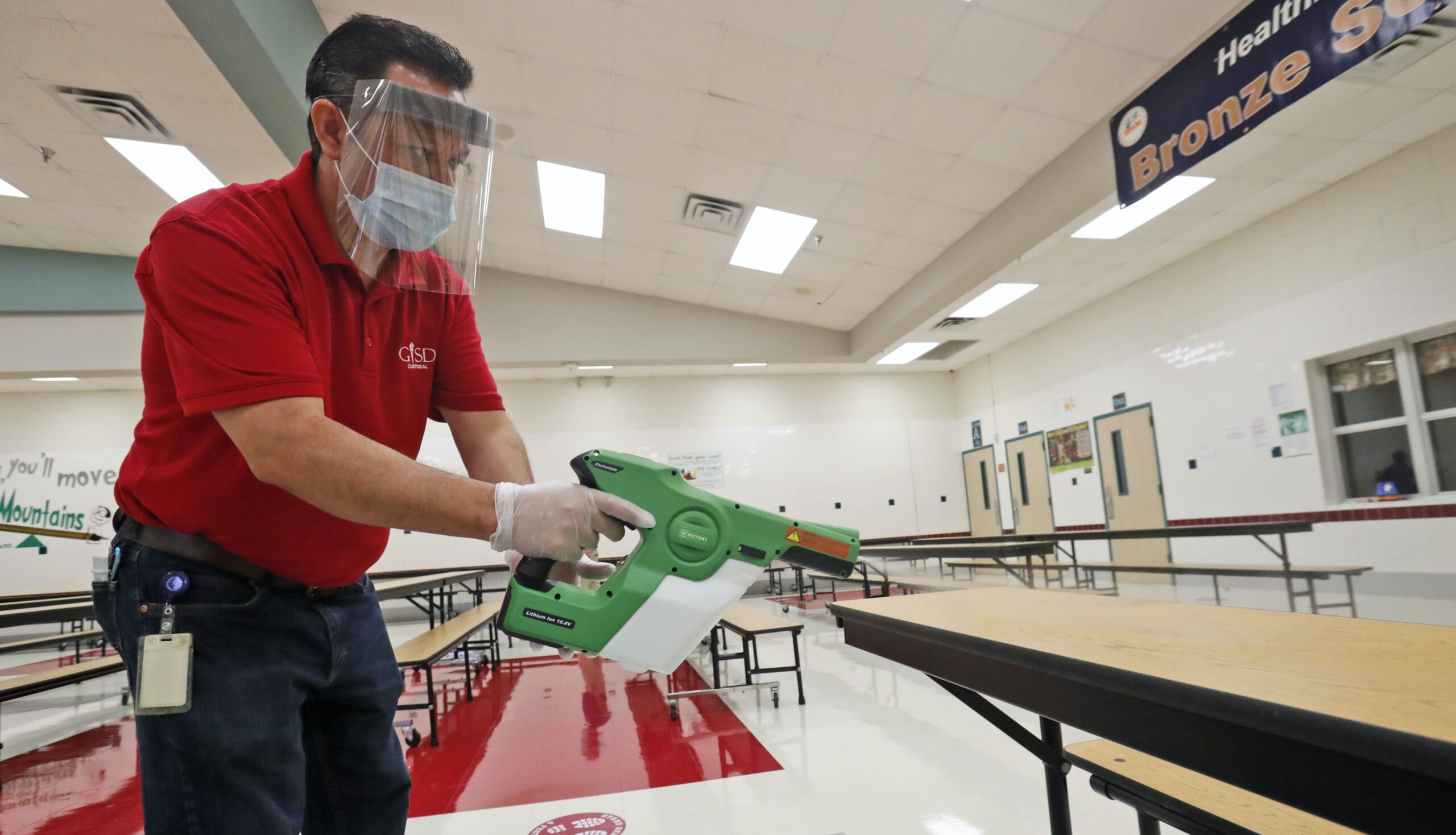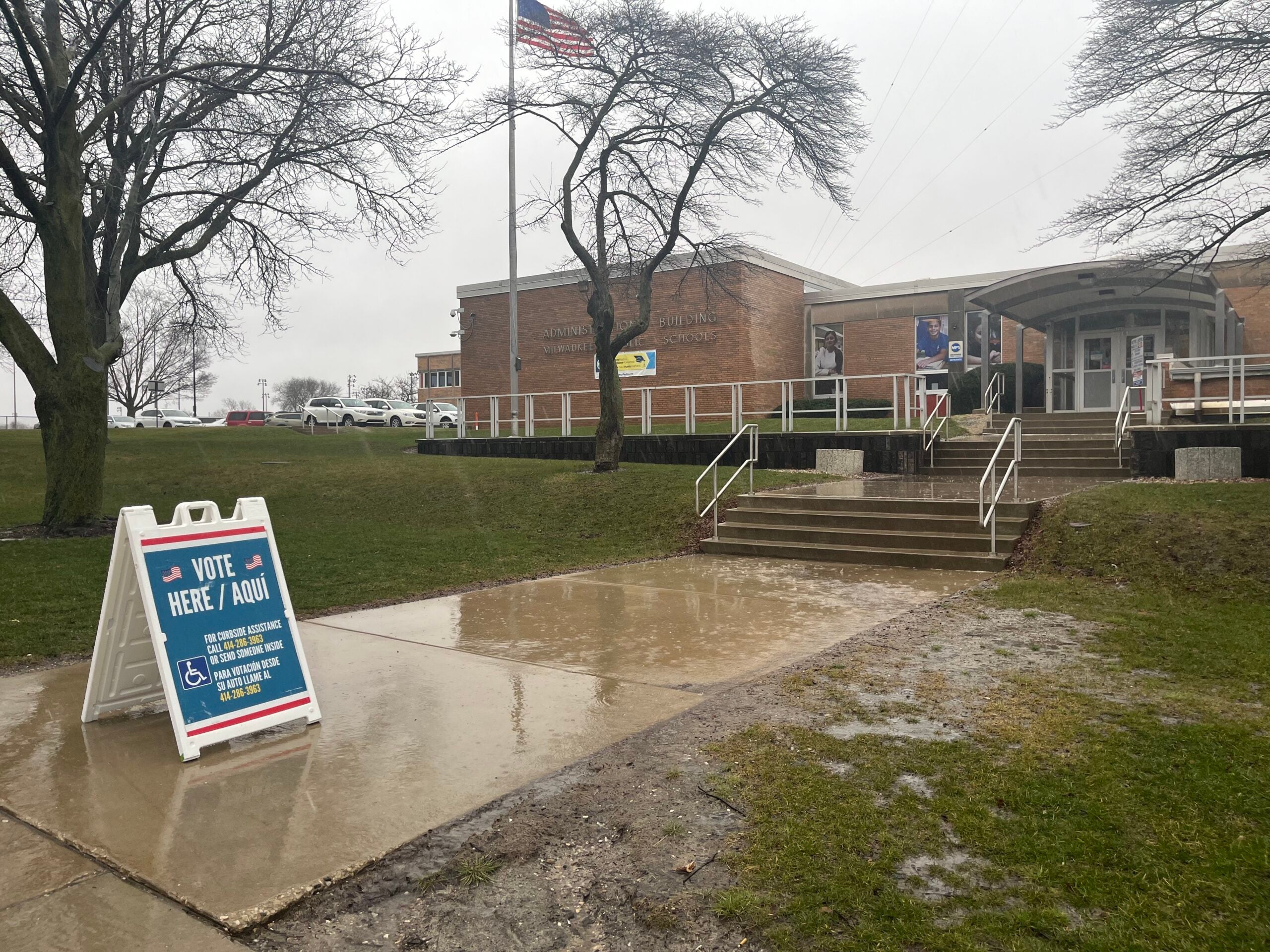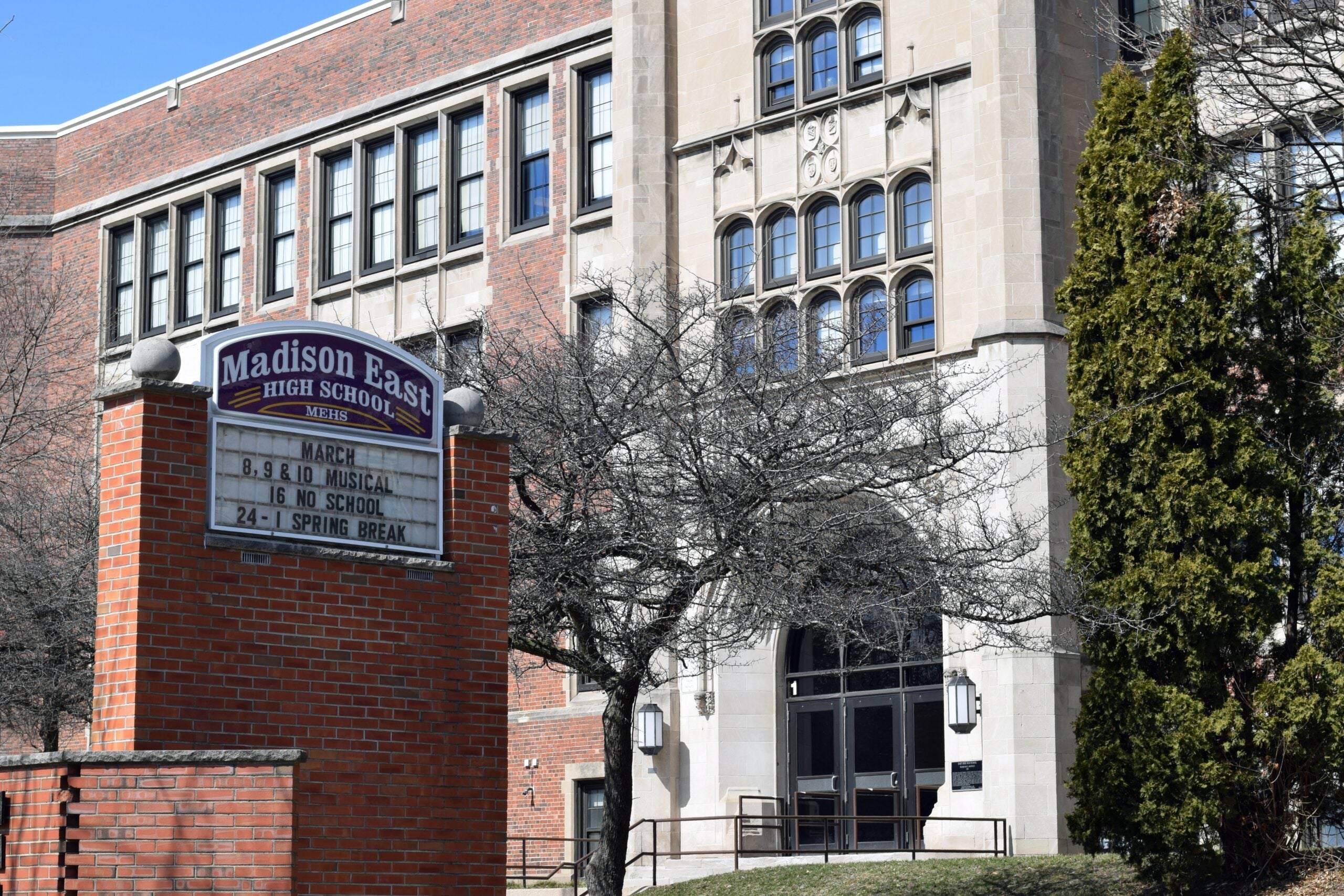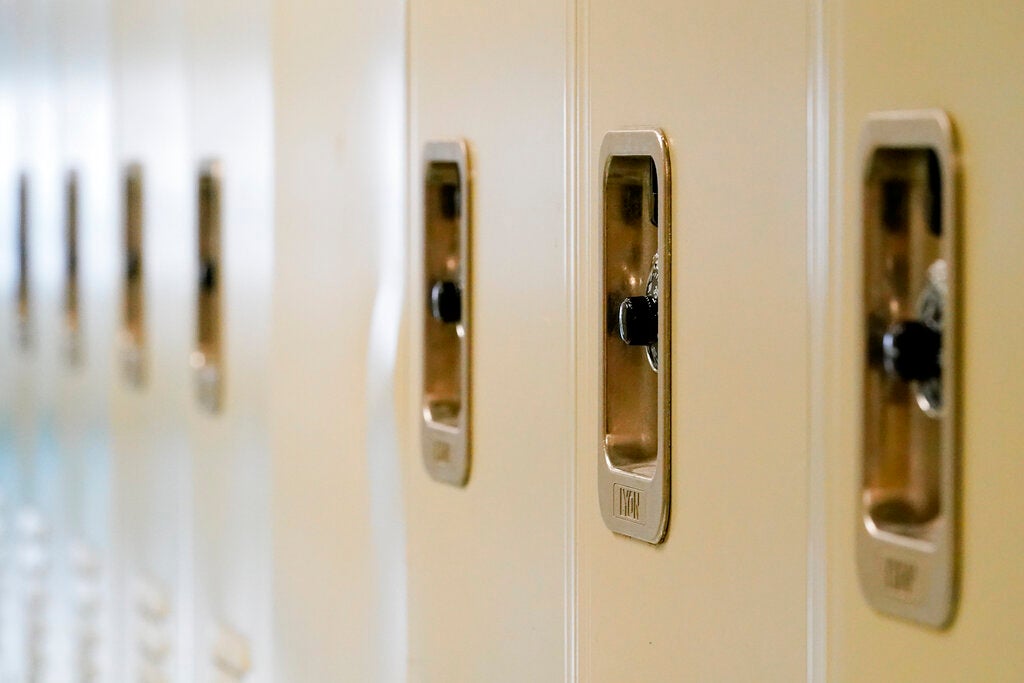Most of Wisconsin’s rural schools are planning to reopen in the fall with in-person classes and no mask requirements, a survey of dozens of districts found.
But the 2020-’21 school year will still look a lot different from previous years in most places, and many rural districts are planning to implement hybrid models that combine in-person and virtual schooling as a way of limiting the potential spread of COVID-19.
Stay informed on the latest news
Sign up for WPR’s email newsletter.
The Wisconsin Rural Schools Alliance got responses from 70 member school districts about their preparations for the fall school year. The survey results show a range of responses to the pandemic on everything from student transportation to lunch arrangements. Rural School Alliance director Kim Kaukl said small school districts across the state are planning to implement social distancing to varying degrees — and that they’re also planning for contingencies in the event of local outbreaks.
“We don’t want to rush this to the point that we think we have this great plan, and we rush it through and the next thing we know we’re completely closed again,” Kaukl said. “I don’t think people want to go through that again.”
Sixty-two percent of the survey’s respondents said their districts were planning for in-person reopening with social distancing measures in place. The other 38 percent were planning for some form of hybrid approach that brought students to school fewer than five days per week.
Other findings of the survey:
Masks
19 percent of responding rural districts said their districts would require staff and students to wear masks.
28 percent said they’d be required for staff only.
55 percent said their districts would have no mask requirement.
Temperature screenings
12 percent of the rural districts said they will take staff members’ temperatures daily.
17 percent said they’d screen students and staff temperatures.
57 percent said they would not require temperature screenings.
Meals
45 percent said they’d serve students’ meals in their classroom.
55 percent said they’d have other arrangements, including social distancing in cafeterias and hallways.
In comments included with the survey responses, some districts said mask-wearing would be encouraged but not required, or required only in certain areas or at certain times of the school day. In many districts, a final decision hadn’t been made yet.
Decisions about how and whether to reopen schools have consumed districts, especially in the last month as rates and cases of COVID-19 have increased across Wisconsin. On Monday, school boards in Wausau and La Crosse each voted to begin the school year with all-virtual instruction. They followed districts in the state’s largest cities in making that decision.
But the survey is a window into how some of the state’s smallest districts are responding to the crisis. Just three districts with more than 1,500 students responded. About three-quarters of respondents were districts of 1,200 students or fewer; one-third had between 301 and 600 students.
Kaukl said districts have tried to learn from the shutdown period that began in March, and plan for effective virtual schooling, whether that means in a hybrid model or in case of new outbreaks.
“Unlike having to pivot in 24 hours like we did back in March, we’ve had the summer to continue to plan and to better prepare ourselves,” Kaukl said.
And some rural districts are making innovative plans. In Maple (1,324 students), Chequamegon (719 students) and Mauston (1,468 students), children up to fifth grade will attend five days a week, but students in middle and high schools will be in-person for only half as many days, with virtual schooling the rest of the time. The plan is intended to allow for social distancing during in-person schooling.
A recent large study in Korea found that children younger than 10 spread the disease much less often than adults, but that those from 11 to 19 spread it just as much. In general, scientists believe children are at less risk from COVID-19 than adults, though they can still contract, spread and suffer from it.
In early July, Gov. Tony Evers announced an initiative to distribute face masks and thermometers to schools.
Kaukl said some districts that responded to the survey may yet change plans. Many of the responses came in early July, and Wisconsin’s numbers have worsened in recent weeks.
But those that haven’t yet will have to make final decisions soon. According to the survey, 77 percent of the rural districts plan to announce their finalized fall school plans to the public in late July or early August.
Wisconsin Public Radio, © Copyright 2024, Board of Regents of the University of Wisconsin System and Wisconsin Educational Communications Board.






